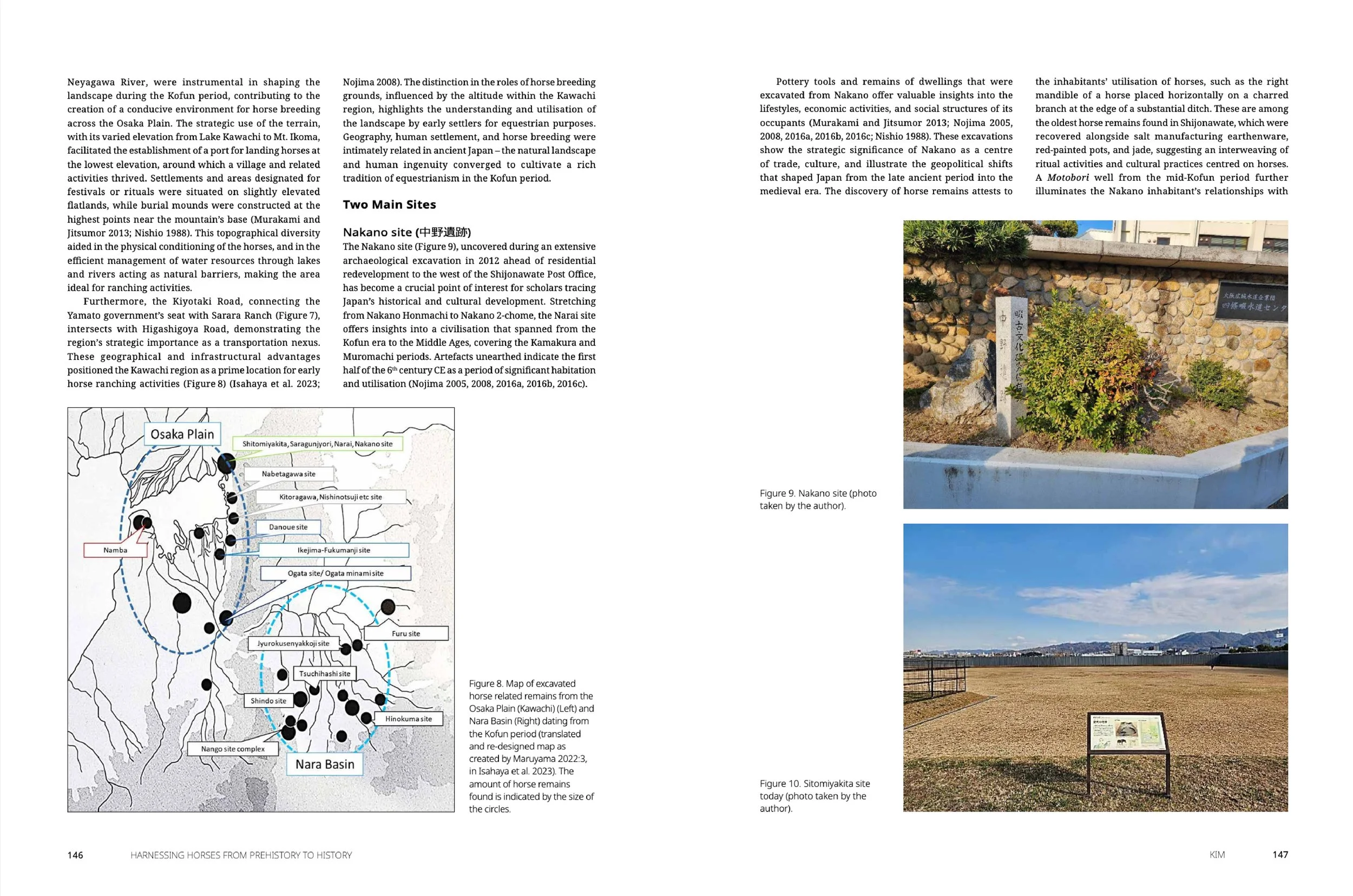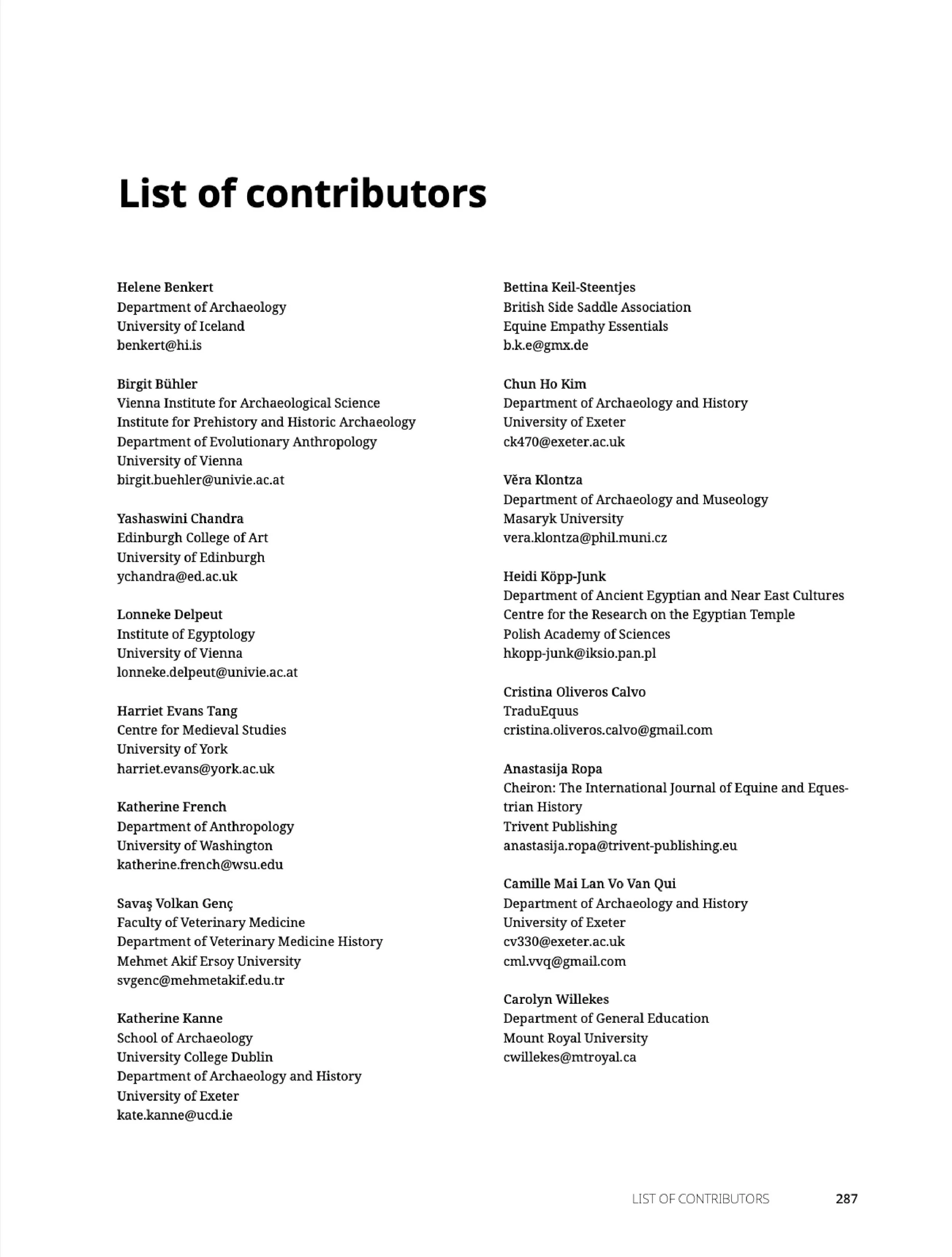Harnessing Horses from Prehistory to History
The relationship between horses and humans is perhaps the most fascinating interspecies relationship. It's certainly been fundamental to human history, and ecosystem formation across the globe. Horses have been the largest suppliers of energy on land (along with solar energy and human labor). In three part, this book corrals a herd of specialist authors explaining their approaches and providing case studies of human-horse relationships in the past.
As the author of the final chapter, I explore how a living organism — the horse — is now being transformed into an archaeological and historical resource as well as a cultural monument.
Horses reflect human needs, desires, technical and intellectual capabilities, and aesthetics. But they also reflect the specifics of the landscape in which they live and which they shape by their presence. These specificities are then reflected in their biology, morphology, behaviour and mentality and the landscape also shows whether horses live there.
In fact, the horse is a kind of avatar of us in individual and collective understandings of this phenomenon. But especially interdisciplinary research on contemporary horses can generate historical information about the coexistence of humans and horses in a given locality/region, general historical information, and information about the past of the landscape. This information is stratified in horses, so it has chronological value.
Horses, and especially traditional breeds, are therefore not only a historical source but also a cultural monument and should be treated as such. Today, cultural heritage can no longer be understood only as a set of inanimate material mobile and immobile monuments and their ensembles, or as a landscape as a scene or scenery. Anthropocene contemporaneity is shifting the understanding of monuments also into the realm of living organisms and metabolizing systems.
This approach is presented in the book using the example of the Cretan (Messara) horse. The e-book is free to download here.
Article by: Prof. Dr. Vera Klontza-Jaklova
Published by
Sidestone Press (May 2025)
Edited by
Katherine Kanne, Helene Benkert, and Camille M.L. Vo Van Qui
Language
English
Format
PDF e-book (free), softcover and hardcover, 288 pages.
ISBN
ISBN 978-94-6426-335-0 (softcover)
ISBN 978-94-6426-336-7 (hardcover)
ISBN 978-94-6426-337-4 (PDF e-book)








